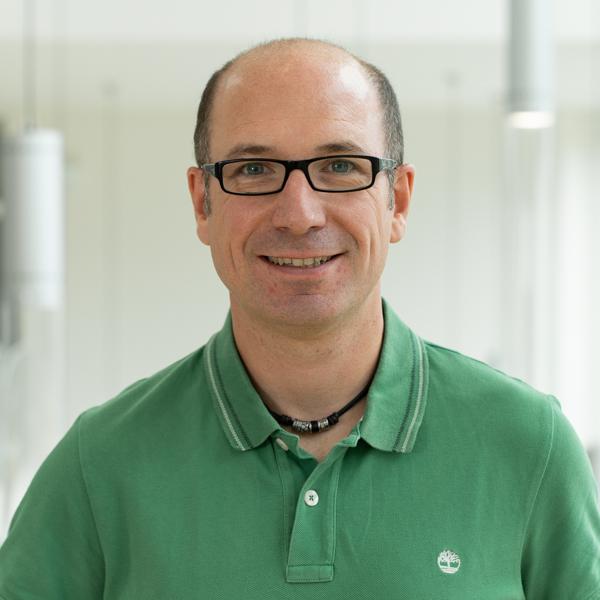

2022: ERC Consolidator Grant for Project "Resilient and Sustainable Software Security"
Prof. Dr. Thorsten Holz is a faculty member at the CISPA Helmholtz Center for Information Security. Before joining CISPA in October 2021, he was a full professor at the Faculty of Electrical Engineering and Information Technology at Ruhr University Bochum, Germany. His research interests include technical aspects of secure systems, with a specific focus on systems security. Thorsten received a Dipl.-Inform. degree in Computer Science from RWTH Aachen University (2005) and the Ph.D. degree from the University of Mannheim (2009). In 2011, he was awarded the Heinz Maier-Leibnitz Prize from the German Research Foundation (DFG) and in 2014 an ERC Starting Grant. He was also co-spokesperson of the Cluster of Excellence "CASA - Cyber Security in the Age of Large-Scale Adversaries" (with C. Paar and E. Kiltz) from 2019 to 2021. In recent years, he has served on many program committees and has co-chaired the Program Committee (PC) for two of the leading computer security conferences, namely the IEEE Symposium on Security and Privacy (2021, 2022) and the USENIX Security Symposium (2016).
GI International Conference on Detection of Intrusions and Malware and Vulnerability Assessment (DIMVA)
Proceedings on Privacy Enhancing Technologies
IEEE Symposium on Security and Privacy (S&P)
Network and Distributed System Security Symposium (NDSS)
Network and Distributed System Security Symposium (NDSS)
ACM Transactions on Software Engineering and Methodology
ACM Conference on Computer and Communications Security (CCS)
ACM Conference on Computer and Communications Security (CCS)
International Symposium on Research in Attacks Intrusions and Defenses (RAID)